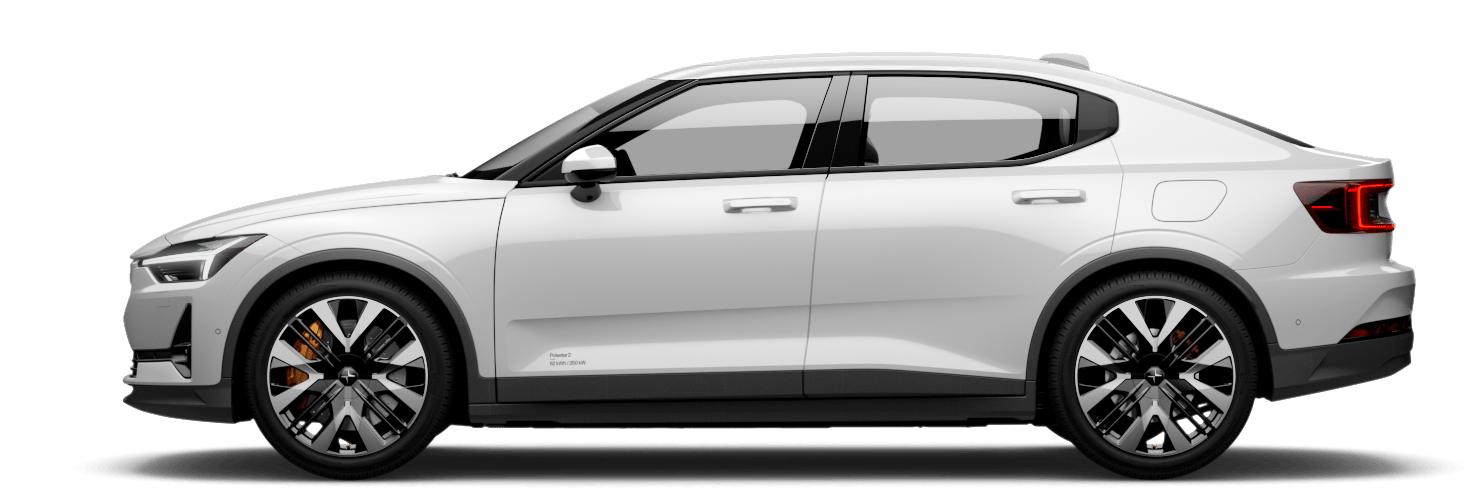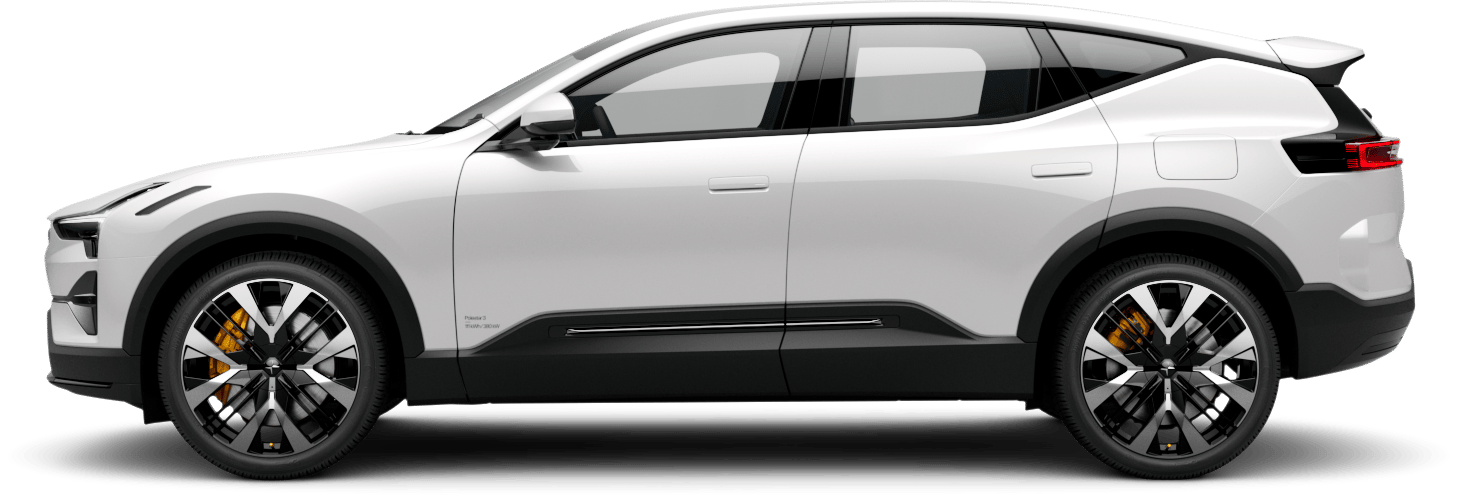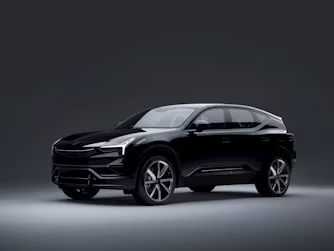Polestar 3 showcases latest in-car tech at NVIDIA GTC
Having recently surpassed the valuation of all but one of the tech titans that make up MAMAA, NVIDIA is probably one of the biggest tech companies you've never heard of. But they are everywhere. Including in Polestar 3. This month, we attended their global developers' conference to showcase the future of advanced AI, in-cabin innovation, and safer future driving experiences.
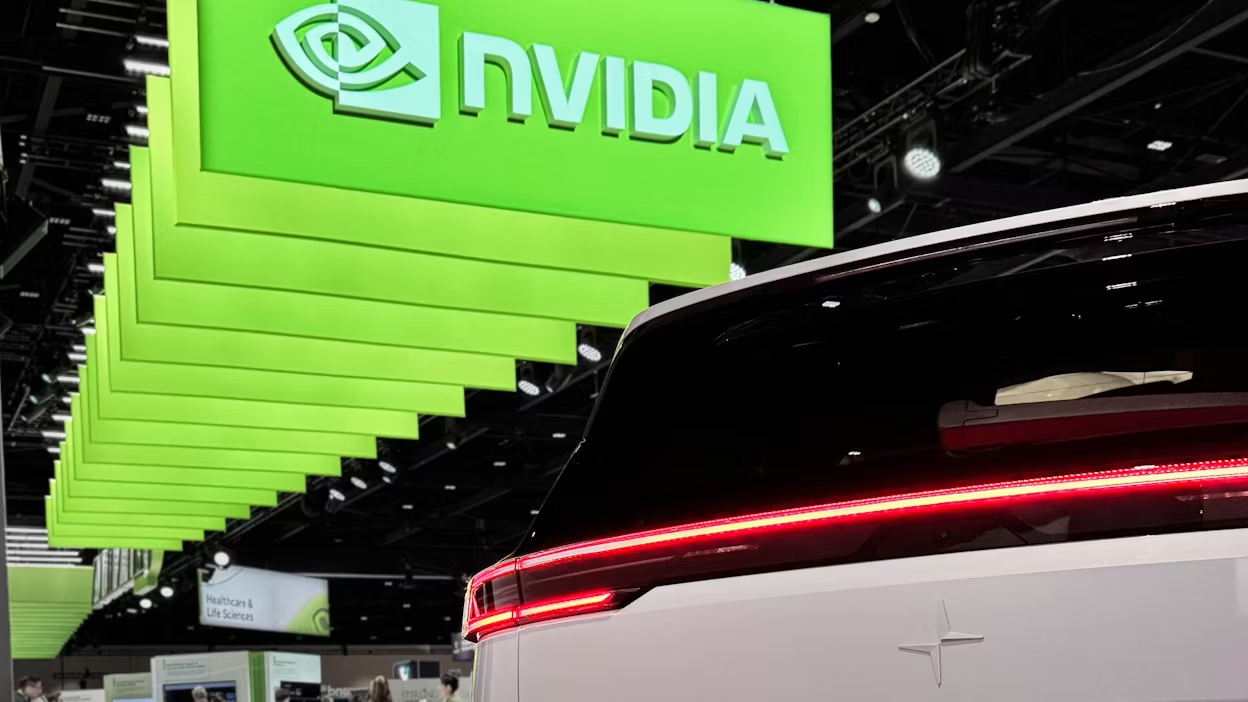
The modern electric vehicle has more in common with the contents of your personal computer than it does the analogue pistons, spark plugs, and valves found in internal combustion engine counterparts.
But rather than just a bird's nest of wires, semiconductors and nodes, the digital brain that powers Polestar 3 is smaller than a laptop. Just think about that for a second: the kit responsible for handling the reams of information delivered by radars, cameras, and sensors, as well as the 'brain' accountable for making lightning-fast Pilot Assist and Driver Monitoring System decisions, could easily fit into your backpack.
This feat of electrical engineering is thanks to the work of chip specialists NVIDIA. The company initially cut its teeth making graphics processing units but has since branched out to everything from robotics and graphical simulation, to cyber security and the use of AI in the automotive space.
"Today, parking, active safety, driver monitoring, instrument cluster, and infotainment systems are typically different computers. In the future, these functions will no longer be separate computers," Jensen Huang, Founder and CEO of NVIDIA, said in a keynote speech in 2022.
That future is here.
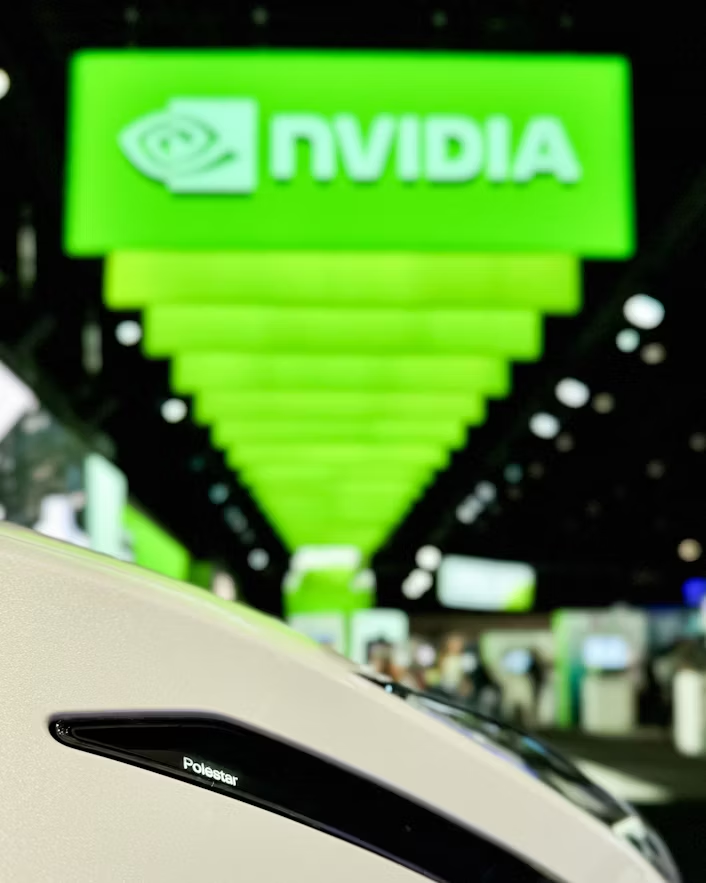
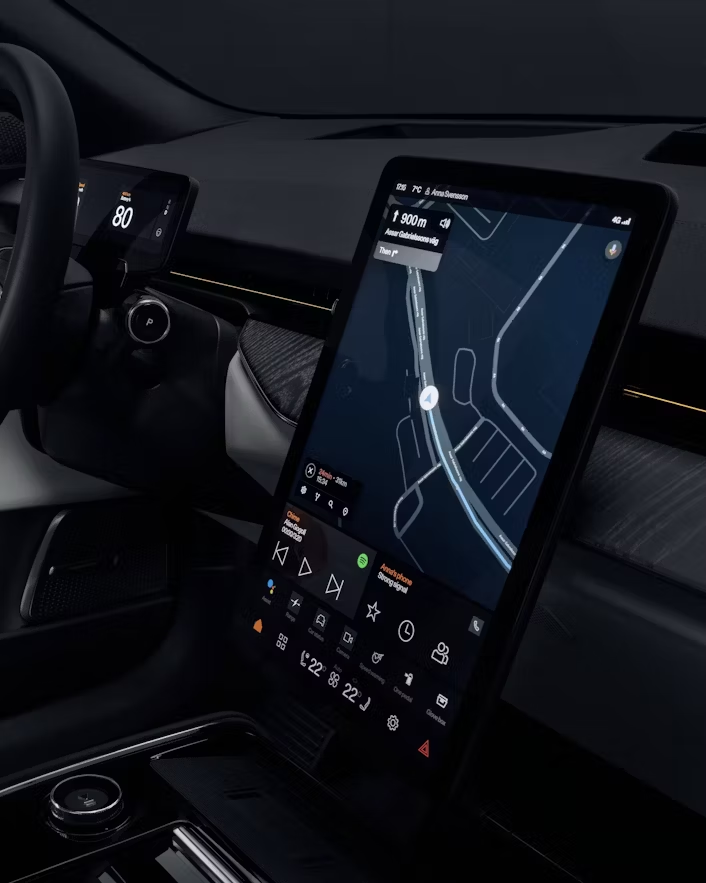
The combination of new generation electrical architecture and the chipset from NVIDIA is a game changer for the area of autonomous drive and active safety
Digital ambitions
At this year's NVIDIA Digital GPU Technology Conference (GTC), Polestar 3 showcased the company's digital ambitions. The SUV comes loaded with the NVIDIA DRIVE Xavier centralized core computer from the start, combining advanced driver assistance and in-vehicle infotainment on a single, safe, and secure system.
Ultimately, what this all means is that Polestar 3 will provide increased safety and convenience to assist the driver, with the latest in advanced driver assistance systems and driver monitoring. And when adding the optional LiDAR pack, the car is primed for future autonomous driving capabilities.
NVIDIA's advances in core computing mean Polestar can harness the power of more than 30 different sensors in Polestar 3, including cameras and radars, to paint a holistic, real-time view of the external environment.
Moving to a core computer system for Polestar 3 helps reduce the complexity and weight of the hardware, which is particularly important in electric vehicles, where every additional gram has an effect on overall range and performance.
Aside from being light and compact, NVIDIA's technology also has the processing power to bring monitoring inside the cabin, with the next-gen driver monitoring systems tracking the driver's eyes to detect driver distraction and drowsiness. From here, software can determine whether it is time to take a break or flash up a warning if the vehicle feels attention isn't being paid to the road.
Data loop
"The combination of new generation electrical architecture and the chipset from NVIDIA is a game changer for the area of autonomous drive and active safety. Now we have the onboard capacity needed to continuously develop and improve our features while at the same time getting feedback from the vehicle fleet. This gives an amazing data loop that we can utilize for many years to come," explains Peter Starke, Head of Advanced Driver Assistance Systems at Polestar.
"A key factor in building world-class ADAS systems is to partner up with strong tech companies. Over the years, NVIDIA has proven itself as one of the absolutely top players in providing solutions for high-performance parallel computation optimized for onboard vehicle use," Peter adds.
Smaller, lighter, and more powerful than ever, NVIDIA's automotive hardware is allowing for advanced driver assistance systems to become an even stronger reality. Harnessing this processing power means Polestar can continue to use these tools to create the safest, smartest, and most user-friendly electric vehicles on the road.
Words by: Leon Poultney
